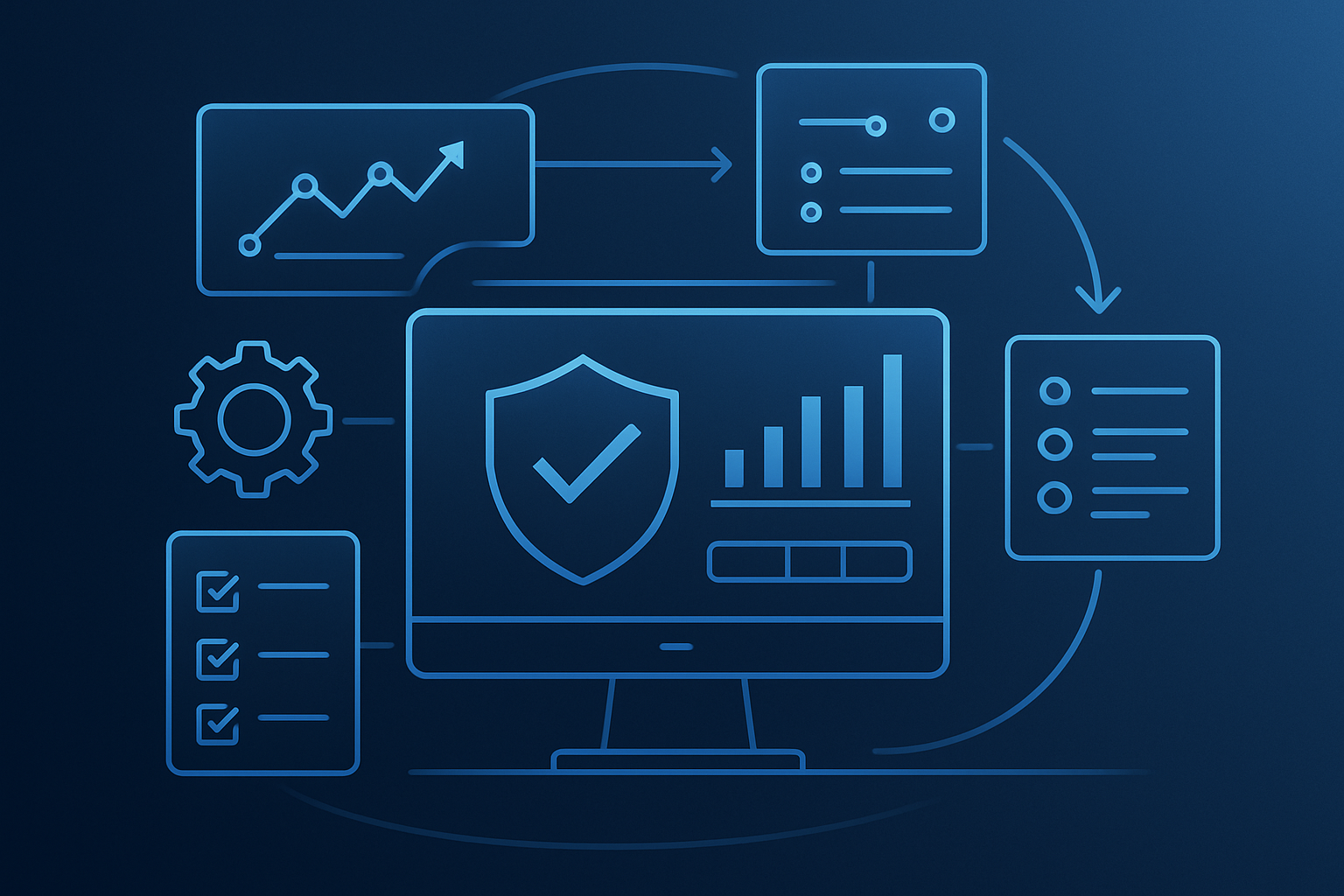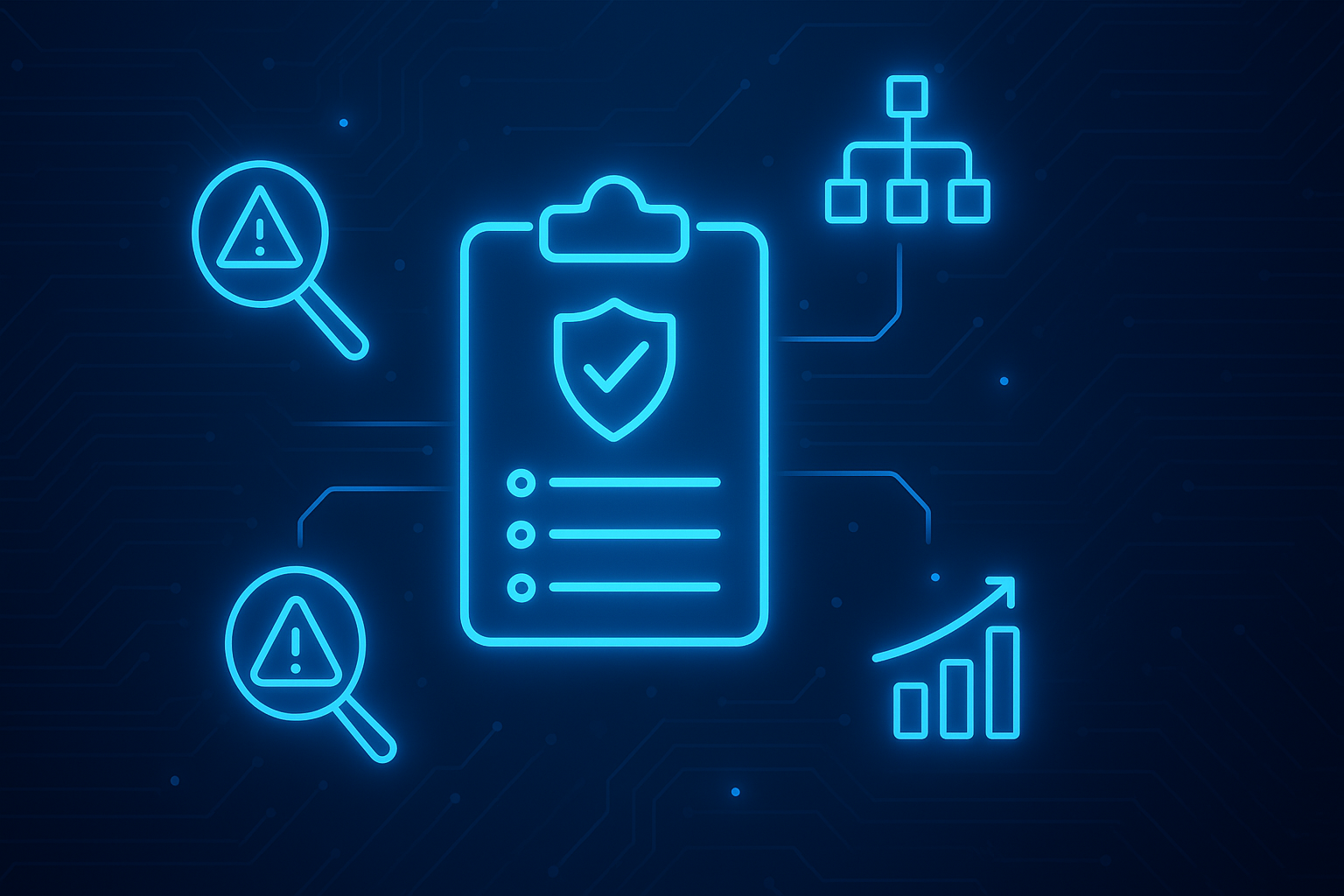Simply being “cyber aware” is an unviable option for board members as the impact of cybersecurity expands beyond IT systems. An unnoticed security gap or dated risk assessment is a minor mistake that can lead to cyber breaches that could render the company obsolete. Considering the serious risks associated with poor cybersecurity, boards are becoming more involved in cyber risk management and recognize that it is not just an IT issue but a concern that impacts the entire organization's success.
Chief Information Security Officers (CISOs) must step up and provide clear, actionable insights to stakeholders and bridge the gap between security and business operations. The best opportunity for this communication is during a board meeting. CISO Board reports must include data-driven cyber risk information that helps the Board of Directors understand cyber risk operations. CISOs should prioritize relevant data to drive investment where needed and communicate the overall posture without technical jargon.
Leveraging automated dashboards and data visualizations will deliver context and clarity on the existing cyber risk management strategies, security posture, loss exposure, potential impact, and where organizational leaders should make improvements or investments. Communicating such critical information concisely can be challenging, but it is an essential skill for CISOs to develop. CISOs can rely on automated platforms like CyberStrong for the Executive Dashboard, real-time assessment information, and detailed data visualizations for their board reports.
What Should be Included in a Cybersecurity Board Report?
There are several things a CISO should include in their board report, a bulk of which can be found in an Executive Dashboard. Use an Executive Dashboard to help report on the following:
Executive Summary on The State of Cyber
Reporting cybersecurity to the Board should start with an executive summary. This is a high-level summary of the organization's cyber risk management program, where the organization is on overall framework maturity, relevant threats targeting the industry and the potential loss associated, and an overview of the overall security posture.
CISOs should also include key metrics like top cyber threats, the number of security incidents, and the number of vulnerabilities identified and remediated. Security leaders should also have a description of the organization's compliance with relevant regulations and standards and a description of the security controls and processes in place to protect the organization's assets and data in the board report.
What is the Financial Impact on Cyber?
The CISO should translate the potential impact into financial terms to better convey the criticality of cyber risk to business leaders. This includes discussing the top cyber threats and their economic losses, considering the organization's industry and size, as well as its specific high-risk areas. The Executive Dashboard can deliver the financial impact using scenario-based analysis through the FAIR Model and NIST 800-30.
Frame risk assessment data in financial terms. Identify the critical assets, data, and business units and drill down by each section to evaluate where the organization can improve. By communicating the cost of the loss exposure, board members will also understand where to invest. CISOs can also show how units have improved, further establishing the RoSI.
How to Budget for Cyber and Resource Allocation
With more precise insights into how business units/initiatives are performing, CISOs and business-side leaders can decide where business leaders must funnel resources. Cyber risk modeling is also helpful in determining where resources should be allocated as it can model the potential financial impact if the risk is not mitigated in that area. This will help CISOs further establish the critical nature of cyber risk management.
Deliver Risk Appetite Statements
Cyber risk quantification delivers insights into the financial impact of potential loss events, and a risk appetite statement can help an organization better understand its options for dealing with risk. In some instances, risk needs to be taken to grow the organization, and business and security leaders can only discern that level of risk by developing a risk appetite statement.
Many organizations have already devised a risk appetite statement for business processes. Organizations will further integrate cyber risk management into everyday operations by rolling cyber risk into this process.
Discuss Program Maturity and Areas for Growth
To give the board more context about the cyber risk program, CISOs need to include historical data on program maturity. They can do so by benchmarking the program to the NIST CSF or any industry-standard framework to show maturity and effectiveness. One benefit of the Executive Dashboard is the ability to drill down by unit to deliver the top and bottom performers to further elucidate what strategies do and do not work, similar to the financial drill-downs presented.
Along with NIST CSF scores, the CISO should include scores against the top regulatory or industry frameworks chosen by the organization. Based on cyber risk assessments relevant to the organization, CISOs can also include a description of the threat landscape, identify critical assets and data, and evaluate the potential impact of a cybersecurity incident.
What is Your Incident Response Plan?
Now that the CISO has delivered information on the current cyber risk posture, it’s time to understand what processes are in place should a data breach occur. C-suite leaders and the Board must know the organization's incident response plan, including details on the processes and procedures that will be followed during a security incident.
Future Plans and Risk Mitigation Ideas
To wrap up the cybersecurity board report, the CISO should include an overview of the organization's plans for cybersecurity, including new initiatives, upgrades, and changes to the cybersecurity program. This final section should also mention trends in the cyber landscape, new technologies, threat vectors, and potential regulation changes.
A Balanced and Robust Cyber Board Report
A cybersecurity board report should clearly understand the organization's cybersecurity posture, strengths and weaknesses, and any areas requiring additional attention or investment. CISOs and security practitioners can use CyberStrong’s Executive Dashboard to build a cyber risk-informed board report that delivers actionable insights and answers all relevant questions.
Contact us to learn more about the many uses of the Executive Dashboard.





.png)
.png)
.png)
%201.png)
.png)




